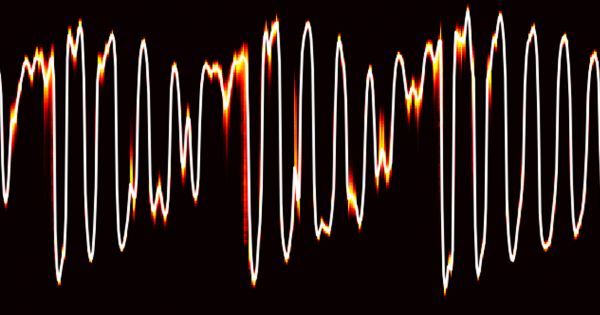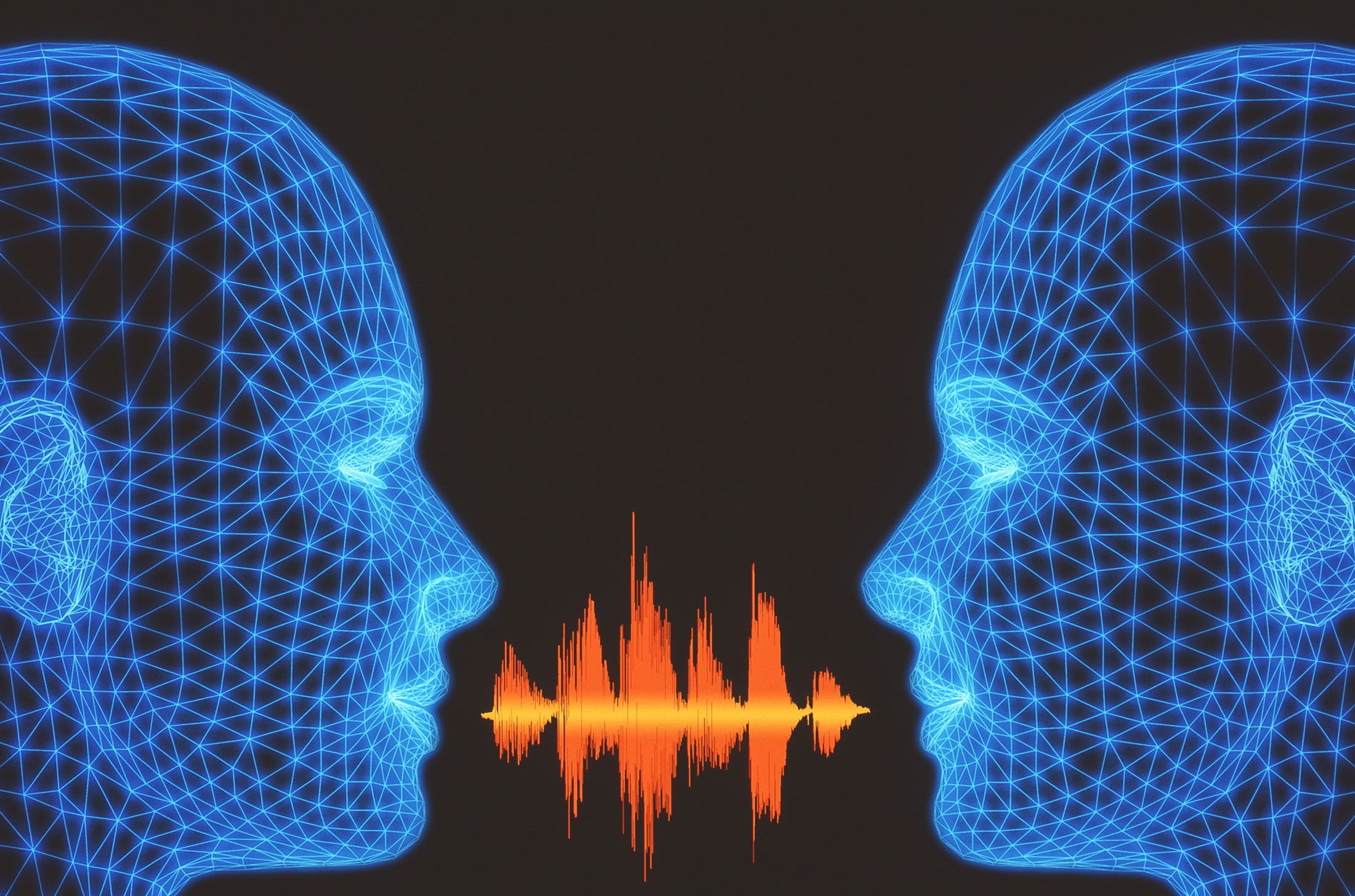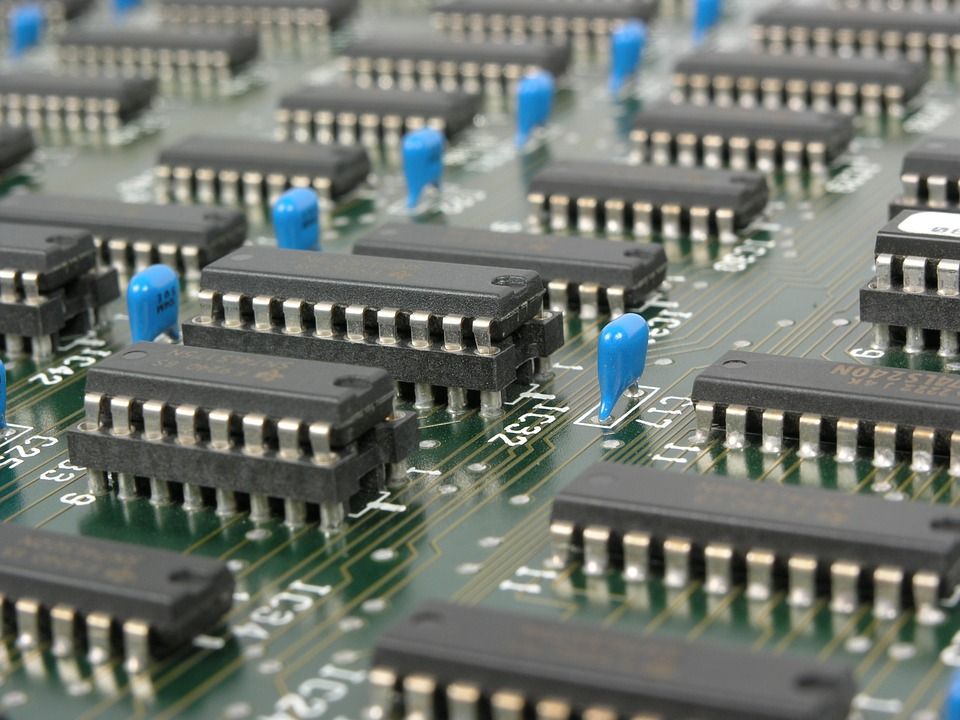Archive for the ‘computing’ category: Page 746
Sep 9, 2016
At Last, Google’s DeepMind AI Can Make Machines Sound Like Humans
Posted by Shailesh Prasad in categories: computing, media & arts, neuroscience, robotics/AI
Google has announced WaveNet, a speech synthesis program that uses AI and deep learning techniques to generate speech samples better than current technologies. By analyzing samples 16,000 a second, it can generate human-like speech and even its own music compositions.
If you’ve ever been lost in the maze of Youtube videos you may have stumbled on clips of computers reading news articles. You’d recognize that staccato, robotic nature of the voice. We’ve come a long way from “Danger! Will Robinson!,” but it there is yet to be a computer that can seamlessly mimic a human voice.
Now, there’s a new contender, brought to you by the brilliant minds behind DeepMind. Google has announced a new voice synthesis program in WaveNet, powered by deep neural AI.
Continue reading “At Last, Google’s DeepMind AI Can Make Machines Sound Like Humans” »
Sep 9, 2016
Google’s DeepMind Achieves Speech-Generation Breakthrough
Posted by Carse Peel in categories: computing, robotics/AI
Google’s DeepMind unit, which is working to develop super-intelligent computers, has created a system for machine-generated speech that it says outperforms existing technology by 50 percent.
U.K.-based DeepMind, which Google acquired for about 400 million pounds ($533 million) in 2014, developed an artificial intelligence called WaveNet that can mimic human speech by learning how to form the individual sound waves a human voice creates, it said in a blog post Friday. In blind tests for U.S. English and Mandarin Chinese, human listeners found WaveNet-generated speech sounded more natural than that created with any of Google’s existing text-to-speech programs, which are based on different technologies. WaveNet still underperformed recordings of actual human speech.
Sep 9, 2016
Are We Living in a Simulation?
Posted by Andreas Matt in categories: computing, Elon Musk

Elon Musk blew our minds when he suggested that it’s highly likely we’re all living in a computer simulation. Seriously? Why would he think this, and how could we tell if it’s true?
Sep 8, 2016
Carbon Nanotube Transistors Twice As Efficient As Silicon, Study Shows
Posted by Karen Hurst in categories: computing, nanotechnology, particle physics
![]()
Scientists at the University of Wisconsin-Madison have shown for the first time that transistors fashioned out of carbon nanotubes are actually twice as efficient as regular silicon varieties. This comes after decades of research regarding how carbon nanotubes can be used to design the next generation of computers. Speaking about the breakthrough, recently published in the Science Advances journal, Michael Arnold, a member of the team, said:
Making carbon nanotube transistors that are better than silicon transistors is a big milestone. This achievement has been a dream of nanotechnology for the last 20 years.
Continue reading “Carbon Nanotube Transistors Twice As Efficient As Silicon, Study Shows” »
Sep 8, 2016
Google Said To Be On The Verge Of A Breakthrough In Quantum Computing; The Dawn Of The Quantum Age
Posted by Karen Hurst in categories: business, computing, quantum physics
When this hits in 2017, we’re going to see more momentum around accelerating the adoption of a QC in mainstream devices across all areas of business and consumers. China has definitely accelerated the efforts around migrating the net to a Quantum secured net.
Sep 8, 2016
New Quantum Chip Could Bring Highest Level of Encryption to Any Mobile Device
Posted by Karen Hurst in categories: computing, encryption, mobile phones, quantum physics, security
Nice.
“We’ve managed to put quantum-based technology that has been used in high profile science experiments into a package that might allow it to be used commercially.”
Random number generators are crucial to the encryption that protects our privacy and security when engaging in digital transactions such as buying products online or withdrawing cash from an ATM. For the first time, engineers have developed a fast random number generator based on a quantum mechanical process that could deliver the world’s most secure encryption keys in a package tiny enough to use in a mobile device.
Continue reading “New Quantum Chip Could Bring Highest Level of Encryption to Any Mobile Device” »
Sep 8, 2016
Your Next Phone Could Have Quantum Security
Posted by Karen Hurst in categories: computing, mobile phones, quantum physics, security
As I mentioned 4 months ago when an article came out stating that this type of concept of a scalable quantum chip was at least 15 years away was bunk; this is again one more example where contributors really need to do their homework and make sure they are speaking to the real folks on the frontlines of QC.
Quantum-based random number generators are now small enough that they could fit in mobile devices.
Sep 8, 2016
Growing up in Generation AI
Posted by Carse Peel in categories: computing, economics, robotics/AI
Imagine a five-year-old watching Mum talking to Siri, and Dad talking to Alexa, on a daily basis — what must she think of such interactions? Children nowadays witness computers that seem like they have a mind of their own — and even a personality with which to engage. It can be taken for granted that their perception of machines, and thus of the world itself, differs a lot from our own.
Artificial intelligence is one of the most promising areas of tech today, if not even the one that is likely to entail the most striking changes in our way of living, the way our economy works and how society functions. Thanks to enormous amounts of data, coupled with compute power to analyze it, technology companies are making strides in AI that resembles something of a gold rush.
New approaches, including use of deep neural networks, have led to groundbreaking achievements in AI, some of which weren’t predicted to happen for another decade. Google defeating the world champion at the ancient game of Go is just one prominent example. Many more are to be expected, including advances in deep learning combined with reasoning and planning — or even emulating creativity and artwork.
Sep 8, 2016
Building a stairway to the singularity
Posted by Carse Peel in categories: computing, robotics/AI, singularity
A computer’s victory over a human go master this past March reminds us of the pending “singularity” — the rapidly approaching moment in time when artificial intelligence overtakes human intelligence. Machines will learn, and we won’t be their teachers. Are we prepared for it? Can we prepare for it?
We’d better. Many futurists declare it inevitable, probably within a generation, maybe less. Shukan Shincho magazine discusses some hypothetical implications in its Aug. 25 edition. Even the least of them are shocking. For example, in 2045 a computer with the combined intellectual power of the entire human race would cost $100. In short, it’ll be no big deal. What will be a big deal? Should we shudder at the thought, or rejoice?
Francis Bacon (1561−1626) is generally acknowledged as the grandfather of modern science. “Nature, to be commanded, must be obeyed,” he wrote. His fictional “New Atlantis” was a utopia ruled by scientists who, having admitted their ignorance and purged themselves of illusory knowledge, experimented, observed and slowly built up from scratch an ever-expanding store of “true” knowledge — armed with which they “commanded” nature to outgrow her destructive caprices and ease mankind’s lot.















